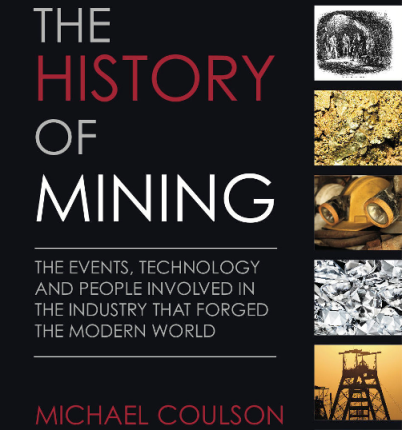(All amounts expressed in U.S. dollars unless otherwise indicated)
TORONTO, May 9, 2013 /CNW/ – Royal Nickel Corporation (“RNC”) (TSX: RNX) is pleased to announce that it has signed a royalty purchase agreement with RK Mine Finance (“Red Kite”). Under the terms of the agreement, Red Kite will acquire a 1% Net Smelter Return (“NSR”) Royalty in the Dumont Nickel Project for a purchase price of $15 million.
“This commitment by Red Kite is a significant endorsement of the Dumont project by a recognized global mine finance firm. This royalty sale provides an attractive form of financing, particularly in current capital market conditions. The additional capital will allow us to continue to aggressively advance the project once the feasibility study is completed by mid-year. We look forward to working further with Red Kite as we advance the project,” said Tyler Mitchelson, President and CEO of RNC.
Pursuant to the agreement between RNC and Red Kite, on closing RNC will receive $15 million and Red Kite will be entitled to receive 1% of the net smelter return from the sale of minerals produced from the Dumont Nickel Project. Closing is expected to occur on May 10, 2013.
RNC’s Dumont project contains the third largest nickel reserve in the world1 and is expected to be among the largest 5 nickel sulphide operations in the world. RNC is on track to release the results of a feasibility study for the Dumont project by mid-2013 and the permitting process is well underway with necessary permits expected to be received by the second quarter of 2014.























